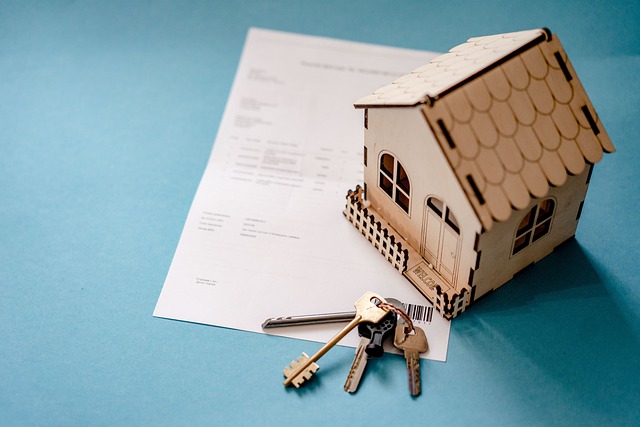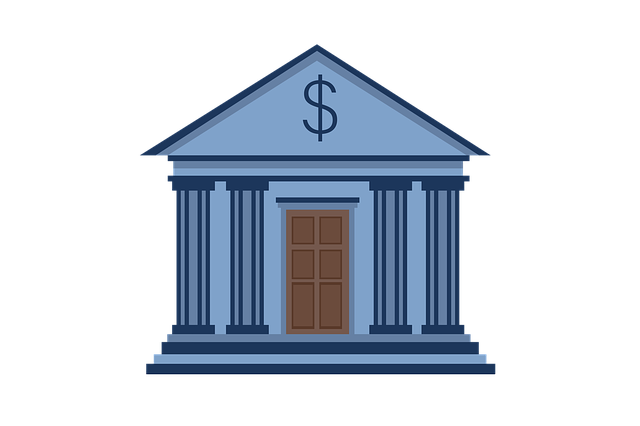Renovations in real estate are vital for enhancing property values and meeting lifestyle demands. From open-concept living to energy-efficient features, these upgrades offer both aesthetic and practical benefits. Staying informed about popular renovations equips owners and investors with strategic insights. Key focus areas include kitchen and bathroom upgrades, curb appeal improvements, and energy-saving technologies. Following design trends ensures visually appealing, marketable spaces that cater to personal tastes and broader preferences, ensuring renovated properties hold value in a competitive real estate market.
In today’s dynamic real estate market, renovations and improvements play a pivotal role in enhancing property values. From kitchen upgrades to bathroom remodels, each renovation project offers an opportunity to create a space that captivates buyers. This article delves into the most common renovations, explores key improvements proven to boost property value, and examines how design trends influence these transformations. By understanding these insights, real estate professionals and homeowners alike can make informed decisions to maximise investment returns.
Exploring Common Renovations in Real Estate

In the dynamic realm of real estate, renovations and improvements play a pivotal role in enhancing property values and catering to evolving lifestyles. From kitchen remodels to bathroom overhauls, these transformations not only increase curb appeal but also offer a plethora of functional benefits. For instance, open-concept living spaces are increasingly popular, allowing for better flow and social interaction, which is especially appealing to modern families seeking versatile homes.
Beyond aesthetics, energy-efficient upgrades like switching to smart thermostats or installing double-paned windows are gaining traction. These renovations not only reduce utility costs but also align with the growing preference for sustainable living. As real estate trends continue to evolve, staying informed about common renovations ensures that both property owners and investors make informed decisions, capitalizing on opportunities to add value to their assets.
Key Improvements for Property Value Boost

Renovations and improvements are powerful tools for real estate investors and homeowners alike, offering a direct path to enhancing property value. Key areas to focus on include kitchen and bathroom upgrades, which are often the most significant drivers of home appeal and desirability. A modern kitchen with sleek appliances and stylish fixtures can instantly transform a space, making it more inviting and valuable. Similarly, bathrooms that incorporate luxurious elements like heated floors, high-end tiles, and custom vanities create a spa-like atmosphere, adding considerable allure for potential buyers.
Beyond these interior updates, enhancing curb appeal through landscaping, exterior paint, and new windows can make a property stand out. A well-manicured lawn, vibrant flowers, and a fresh coat of paint on the facade not only improve aesthetics but also leave a lasting impression. Energy-efficient features like LED lighting, smart home technology, and improved insulation are also sought-after additions in today’s market, as they appeal to environmentally conscious buyers while offering long-term cost savings.
The Role of Design Trends in Renovations

Design trends play a pivotal role in shaping renovation projects within the real estate sector. Staying abreast of current trends allows homeowners and contractors to create spaces that are both aesthetically pleasing and marketable. Incorporating on-trend elements, such as smart home technology, sustainable materials, or modern color palettes, can significantly enhance the appeal and value of a property.
Trends also serve as a source of inspiration, encouraging creativity in design. By adapting popular styles, individuals can transform their homes into stylish retreats that reflect personal tastes while aligning with broader market preferences. This blend of practicality and aesthetics ensures that renovated spaces not only satisfy current occupants but also attract potential buyers in the competitive real estate market.






